Here are some easy ways to save energy and money on heating bills. These fixes are inexpensive and you'll recoup savings in no time.
Our editors and experts handpick every product we feature. We may earn a commission from your purchases.Learn more.
Here are some easy ways to save energy and money on heating bills. These fixes are inexpensive and you'll recoup savings in no time.
Our editors and experts handpick every product we feature. We may earn a commission from your purchases.Learn more.
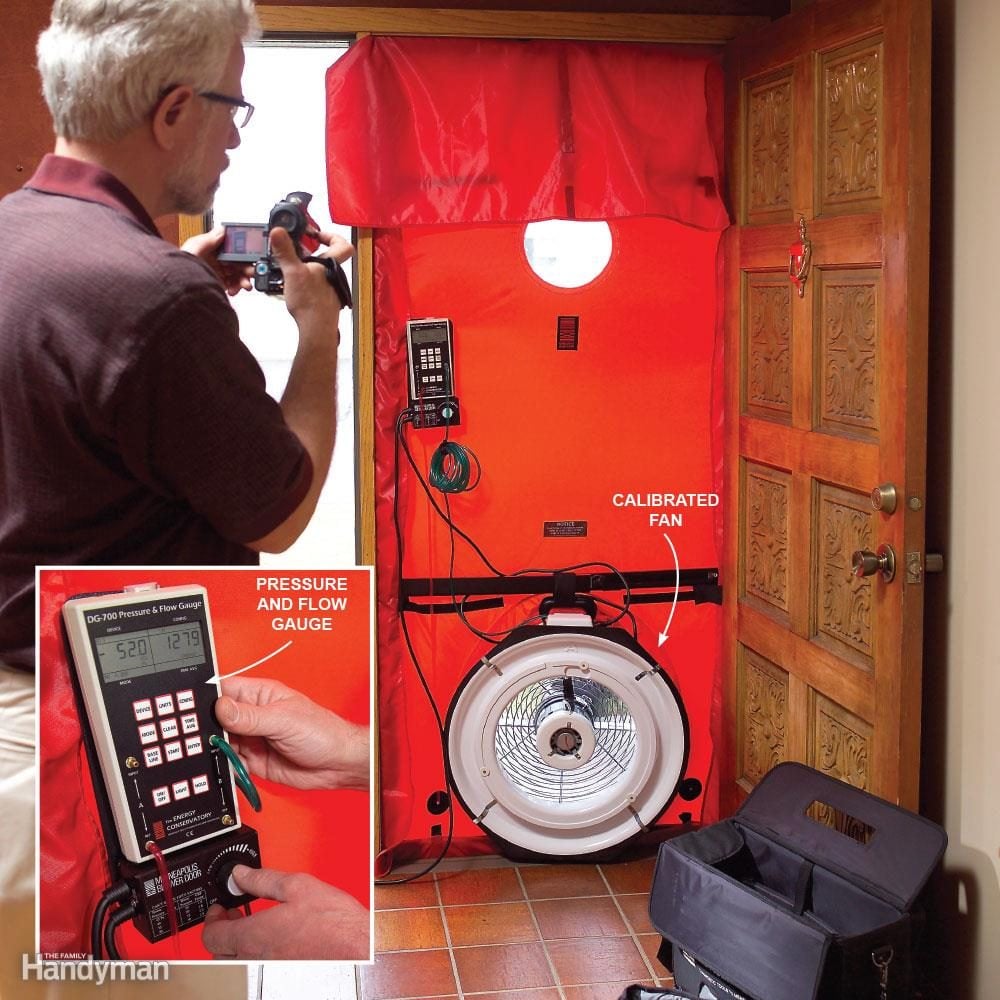
An energy audit entails a series of tests that determine the efficiency of your heating and cooling system and your home overall. Based on the results, the auditor will recommend low-cost improvements to save energy, plus larger upgrades that recoup your investment within five to seven years.
Audits take two to three hours and cost $250 to $400. If you set one up through your utility company, you may be eligible for a rebate.
An energy audit includes the blower door test, shown above. The auditor closes all the doors and windows and places a blower fan in a front or back door. This measures the ‘tightness’ or air infiltration rate. The pressure and flow gauge shows the difference between the inside and the outside airflow so the auditor can calculate the air leakage rate.
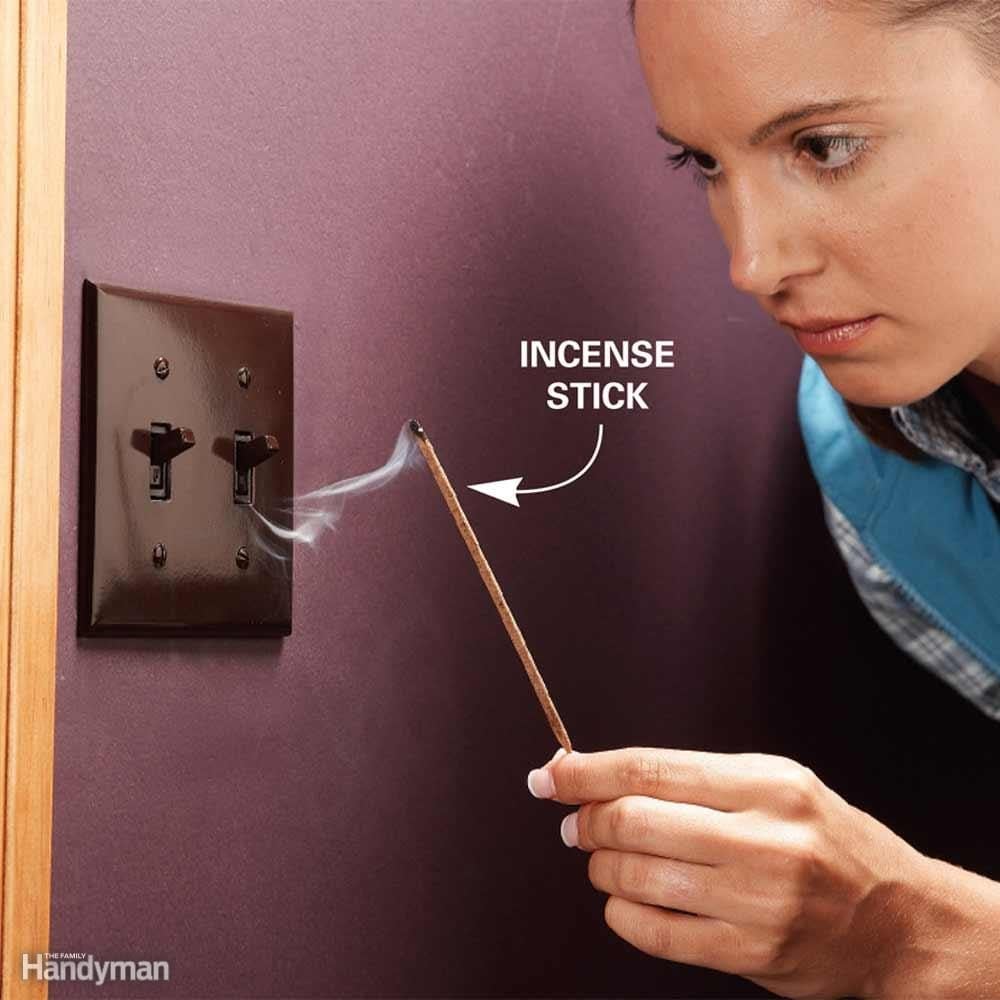
Locating air leaks can be tricky. They’re often so small they’re hardly noticeable. To find them, follow a trail of smoke.
Close all the windows in the house, turn off all exhaust fans and shut off the furnace. Light some incense and walk slowly around the outer walls of the house. If you notice the smoke blowing away from something or being sucked toward something, that probably indicates an air leak. Air leaks are often found at outlets along outside walls.
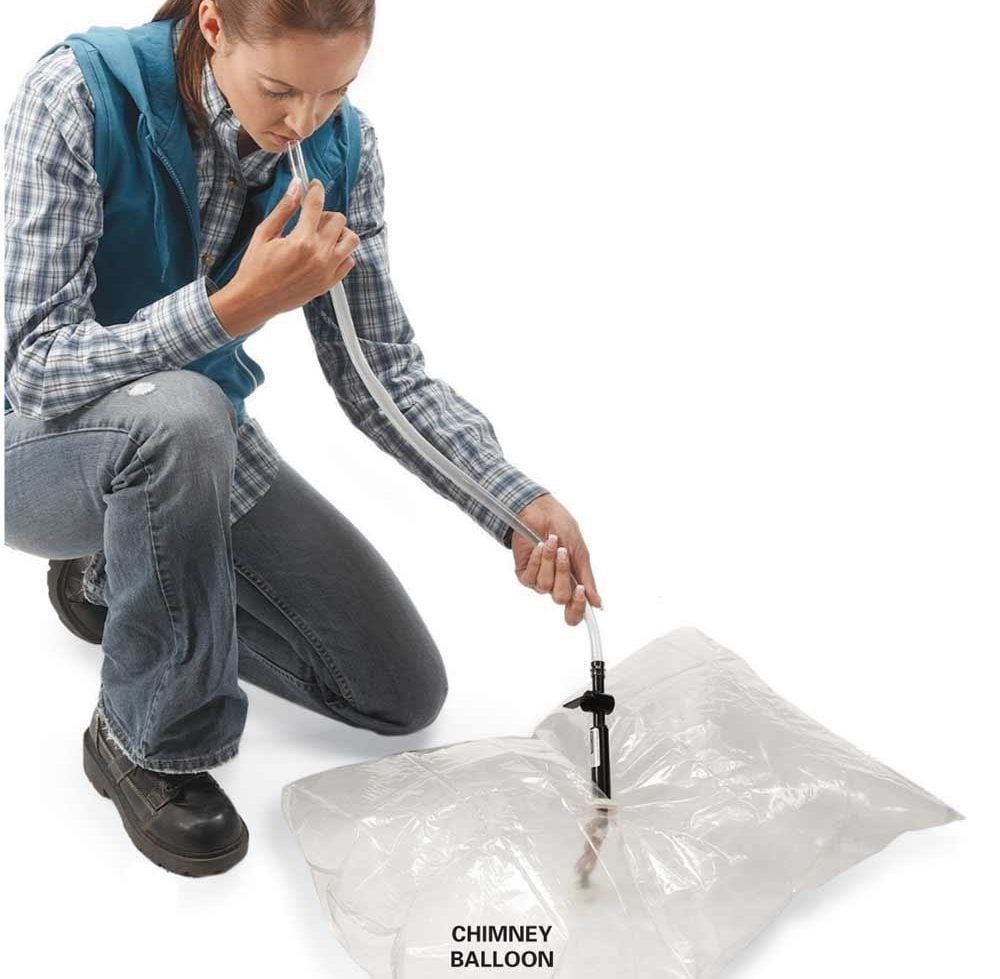
Fireplace chimneys can be inefficient, letting your warm inside air rise and disappear like smoke. If you have airtight glass doors sealing the opening, you’re in good shape (see below). If not, a special chimney balloon or chimney-top damper will seal things off.
If you choose the balloon, partially inflate it by mouth or with a pump, then stick it into the chimney and blow it up the rest of the way. Putting in and taking out the balloon can be messy, so don’t hassle with it if you regularly use your fireplace. Instead, install a chimney-top damper system, which seals the top of the flue when the chimney’s not in use. A lever in the fireplace controls the damper via a long cable.
To install, attach the damper and screened-in cap to the chimney top, then mount the lever in the fireplace. If you’re not comfortable working on the roof, hire a chimney sweep or mason to install the system for you.
Psst! Did you know conserving hot water can reduce high utility bills?

Wood-burning fireplaces can warm up a room. But more often, they rob a house of heat by letting it escape up the chimney.
If you have a modern fireplace with a cold air intake from outside, equip it with an airtight door. If it’s an older fireplace that uses room air for combustion, add a door with operable vents. And only keep those vents open when there’s a fire going. Otherwise, heat will constantly be sucked out of the house.
Gaskets fastened to the masonry opening give airtight doors their seal. Prices start at $700. (Yes, that’s a lot compared with the regular doors, which start at about $230.) Such doors are available at fireplace retailers and home centers. One online retailer is fireplacedoorsonline.com.
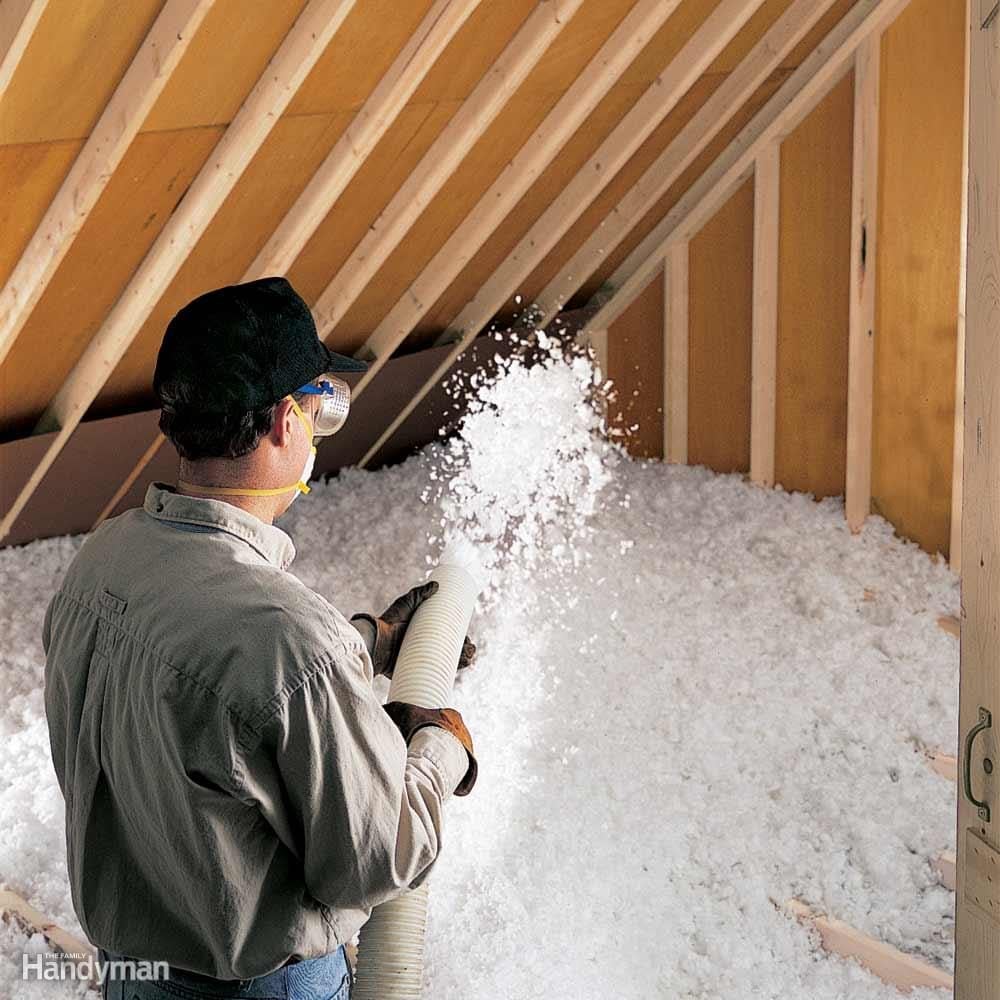
In most homes, especially older ones, adding insulation in the attic will cut heat loss. At a minimum, homes should have attic insulation between R-22 and R-49 — six to 13 inches of loose fill, or seven to 19 inches of fiberglass batts. Check with your local building department for the recommended level for your area.
Stick your head through the attic access door and measure how much insulation you have. If you need to add more, go with loose-fill insulation rather than fiberglass batts even if you already have fiberglass. Loose fill, usually composed of cellulose or fiberglass, lets you cover joists and get into crevices.
Pros charge about $70 per sq. ft. to blow in seven to eight inches of insulation. You can rent a blower ($55 a day) and do the job yourself for less than half that cost. But it’s messy, and you need to watch your step so you don’t go through the drywall ‘floor’ in the attic.
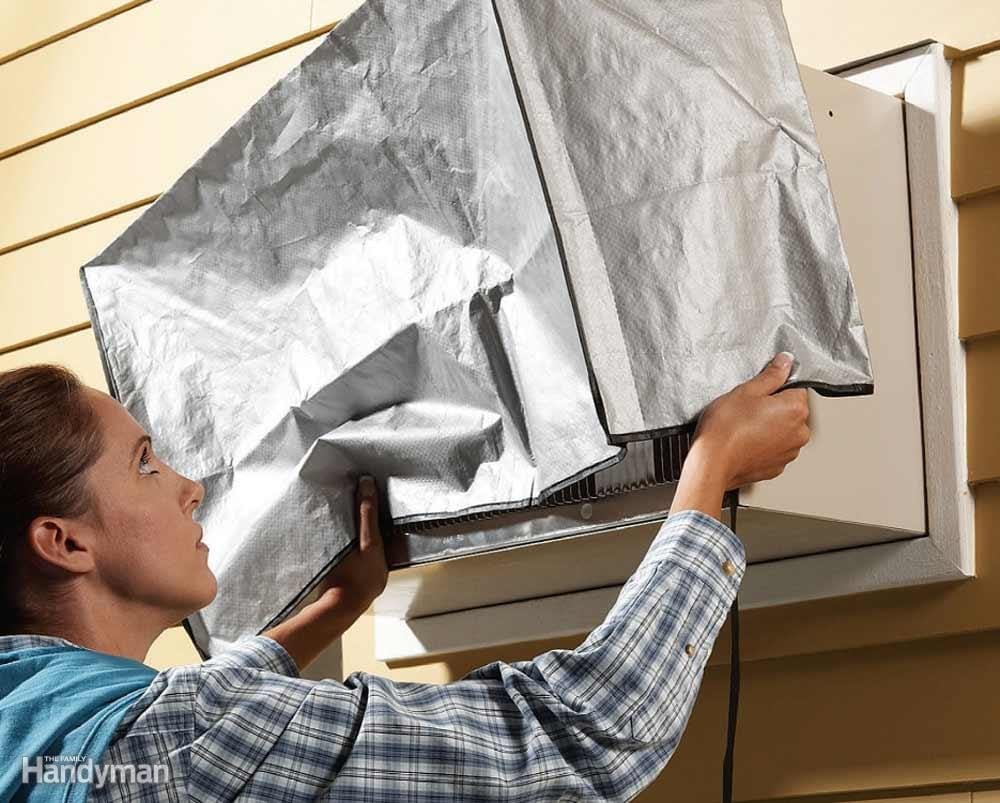
A room air conditioner keeps part of your house cool in the summer. The problem is, it’ll keep the room cool all winter long if it isn’t covered properly.
If it’s a window unit, remove it so the cold air won’t flow through and around it. If you chose to leave it in or it’s a permanently installed wall unit, grab some removable caulk and a window air conditioner cover to keep out the cold.
Place the cover over the outside of the air conditioner, fitting the sewn-in corner straps over the bottom corners. Wrap the middle straps under and up the sides of the unit, then hook them over the top. Inside the house, apply removable caulk around the air conditioner where it meets the wall or window. If the air conditioner is a built-in, permanently seal it with latex caulk.
If you have a central air conditioner unit, cleaning it annually can also save you energy and money.
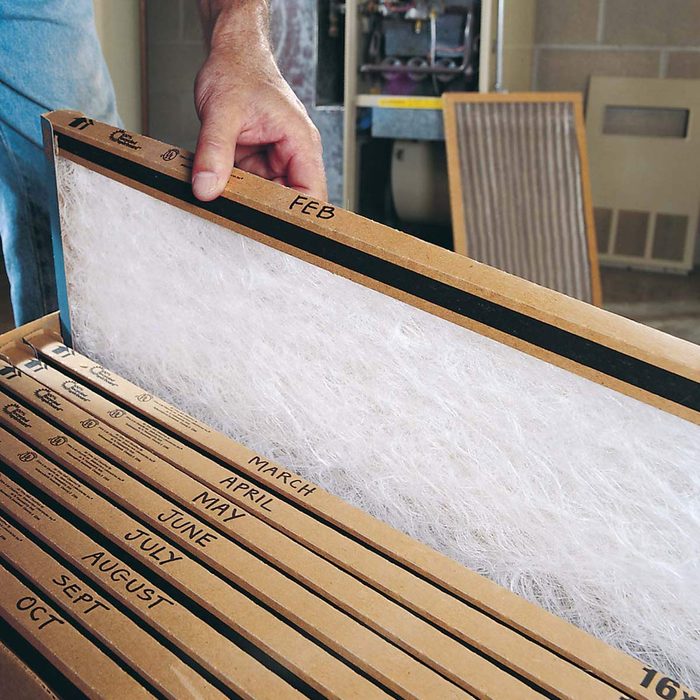
Keeping your gas or electric furnace tuned up offers two big benefits: Increasing efficiency and it prolonging its life span. You can perform the annual tune-up yourself in about three hours.
Change the filter every month of the heating season, or year-round if the filter is also used for A/C. Be sure you insert the new one the right way. The filter protects the blower and its motor. A clogged filter makes the motor work harder and use more power.
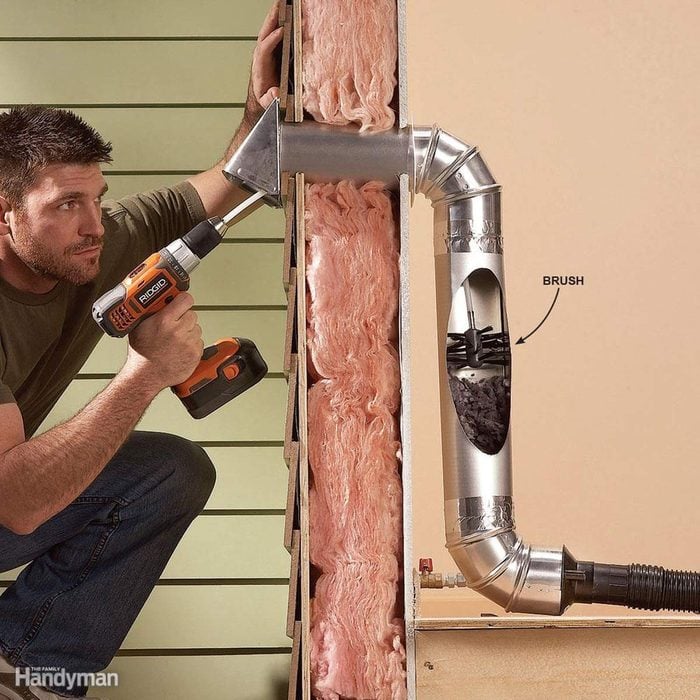
A clogged lint screen or dryer duct drastically reduces the efficiency of your dryer, whether it’s gas or electric. Clean the lint screen after each load and clean the exhaust duct once a year. The Linteater (shown) features an auger brush that attaches to a drill to clean out the ducts.
Electric dryers use about $85 of electricity annually. A dryer with a dirty lint screen uses 30 percent more electricity, according to the Consumer Energy Center. Lint buildup is also a common cause of fires.
Dry loads of laundry back-to-back so the dryer stays warm between loads; a warm dryer uses less energy. And only run the dryer until the clothes are dry. Overdrying damages your clothes and runs up your electric bill.
If you’re in the market for a new dryer and already have a gas line in the house, go with a gas dryer. A gas dryer is more efficient.
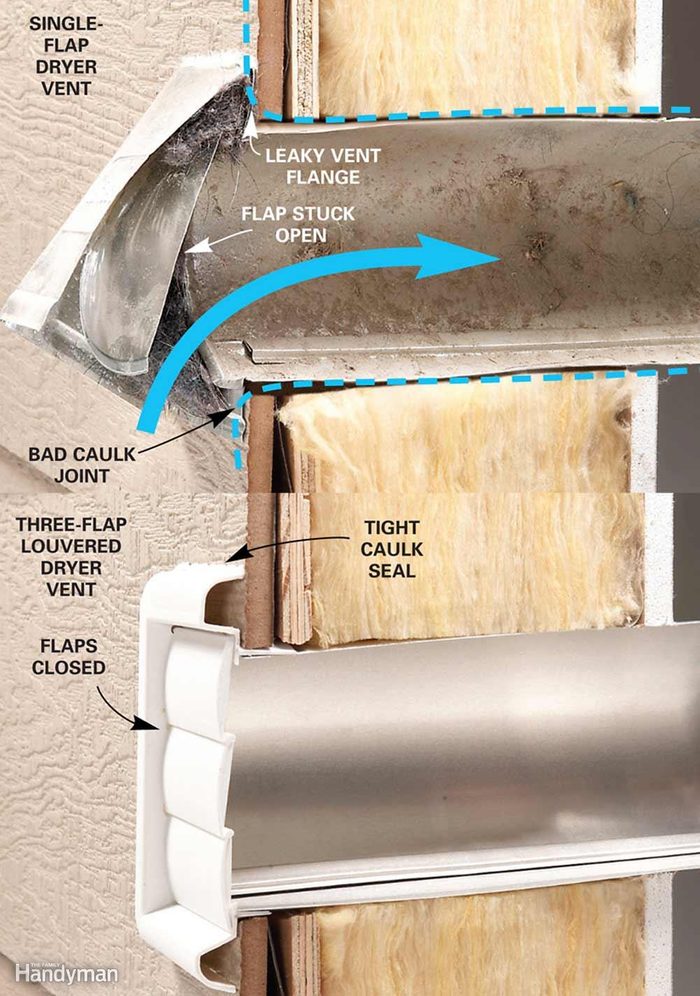
Is your laundry room cold in the winter? Cold air might be coming through your dryer vent. The vent should have a flap at the end to stop air infiltration.
Go outside and make sure there’s a flap and that it’s not stuck open. If the flap works well, check the caulking. If it’s cracking and peeling away, it’s probably allowing cold air to leak in. Cut away the old caulking, make sure the vent is flush against the siding and apply new latex caulk.
If the flap doesn’t close on its own, try cleaning it. Then spray silicone on the pivot point. If the flap still won’t close, replace it. A new vent costs about $5 at home centers, and installing it takes only about 15 minutes.
Start by cutting away the caulking around the vent on the siding with a utility knife. Remove any screws and unclamp the duct leading to the dryer. Slide the old vent out of the wall, slip in the new one and reattach it to the duct. Caulk around the vent flange.
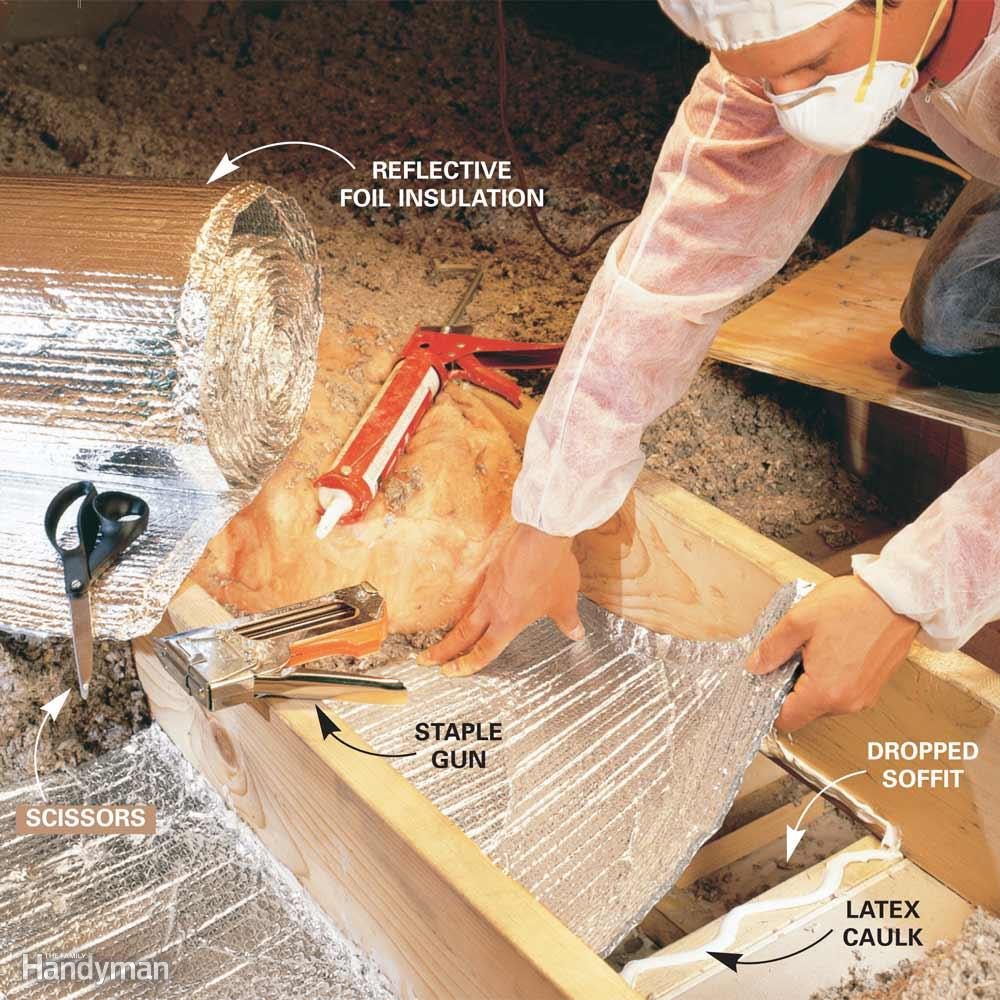
Builders often put a soffit where they want cabinets or recessed light fixtures, and sometimes they use soffits to contain heating ducts. Soffits have a high potential for attic air leaks, especially if they contain recessed lights. Refer to your sketch and dig around in the insulation if necessary to find them.
Reflective foil insulation, sometimes called “bubble-pack” insulation, works well as an air barrier for soffits. It’s flexible and only about 1/4-in. thick, so it’s easy to cut with a scissors. You’ll need to clear insulation from the surrounding wood to get the caulk to stick. Then cover the foil with insulation when you’re finished.
Pro tip: Don’t put insulation within three inches of recessed lights unless the fixture is insulation contact (IC) rated. You’ll find the rating on a label inside the recessed can.
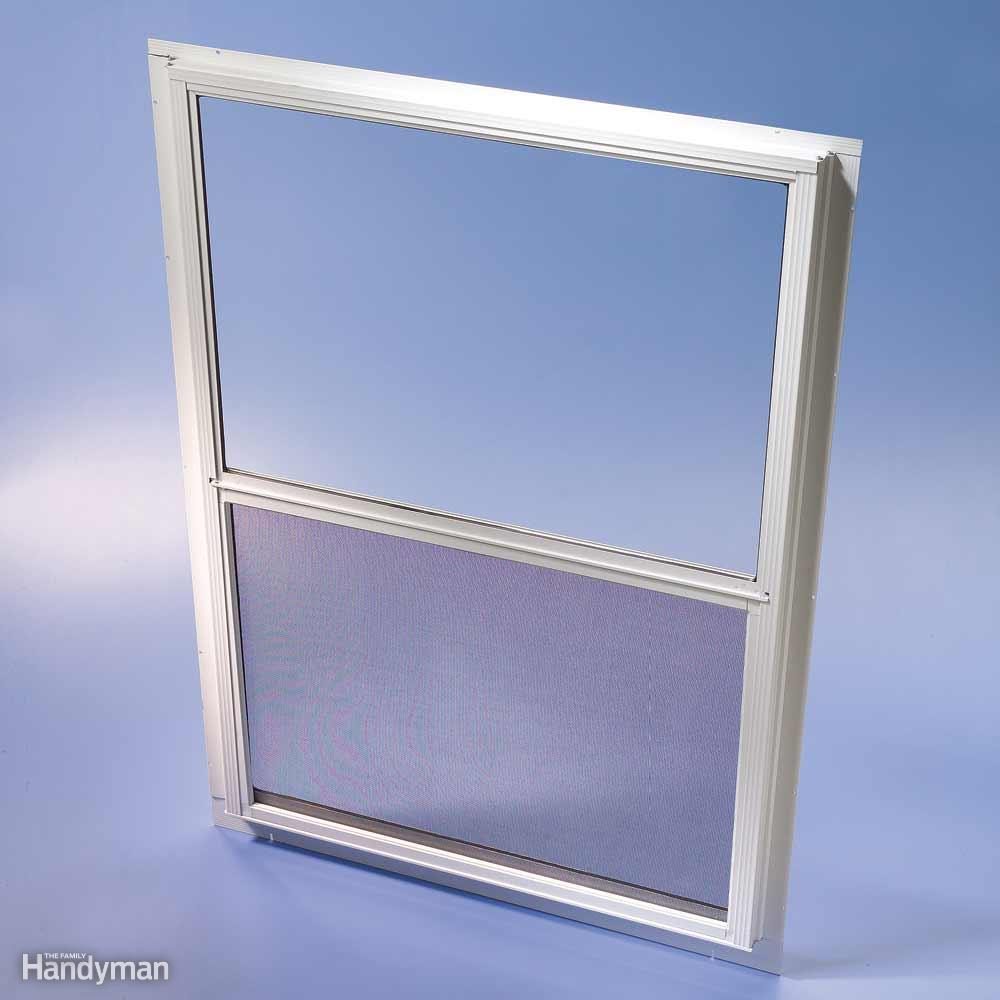
Storm windows aren’t new but they’re definitely improved. New ones open and close and can be left on year-round. Some offer low-emissivity coatings to further cut heat loss. You can use low-e versions even if your windows already have a low-e coating.
You’ll see the biggest payback when they’re placed over single-pane windows. According to the U.S. Department of Energy, low-e storm windows can reduce heat loss by more than 50 percent. But don’t use storm windows over aluminum windows. Heat buildup between the two can damage the aluminum, and drilling holes for installation can cause leaks.
You can buy or special-order storm windows at home centers, but you may have trouble finding low-e models. Two sources are Menards and Larson Windows and Doors. Measure the height and width of the window from the outside before ordering. Do-it-yourself installation takes about 30 minutes per window.

Electrical outlets and switches on exterior walls can leak a lot of cold outside air into the house. Add up all the outlets in the average house and you can have some serious heat loss. That makes it worth spending 10 minutes per outlet plugging the holes.
Before you start, flip the circuit breaker off and use a noncontact voltage tester to ensure there’s no power. Remove the cover plate. If the gap between the electrical box and the drywall is less than 1/4-in., fill it with acrylic latex caulk. If the gap is bigger and lopsided, go with foam sealant formulated for use around doors and window framing. The minimally expanding foam won’t drip down your walls.
After the foam dries, cut away any that protrudes. Add a foam gasket to reduce drafts through the box and replace the cover plate. Do the same around register openings on the inside of exterior walls.

Pull back the escutcheons on plumbing pipes where they enter exterior walls and you’ll probably see generous gaps around the pipes. In cold weather, you might also feel the draft coming in. All it takes is a can of expanding foam to seal those leaks.
Shake the can vigorously, then squirt the foam around the pipes inside the wall. Don’t completely fill the gap — the foam will expand. If it expands too much and you can’t get the escutcheon back on, wait for it to dry, then slice it flush with the wall with a utility knife.
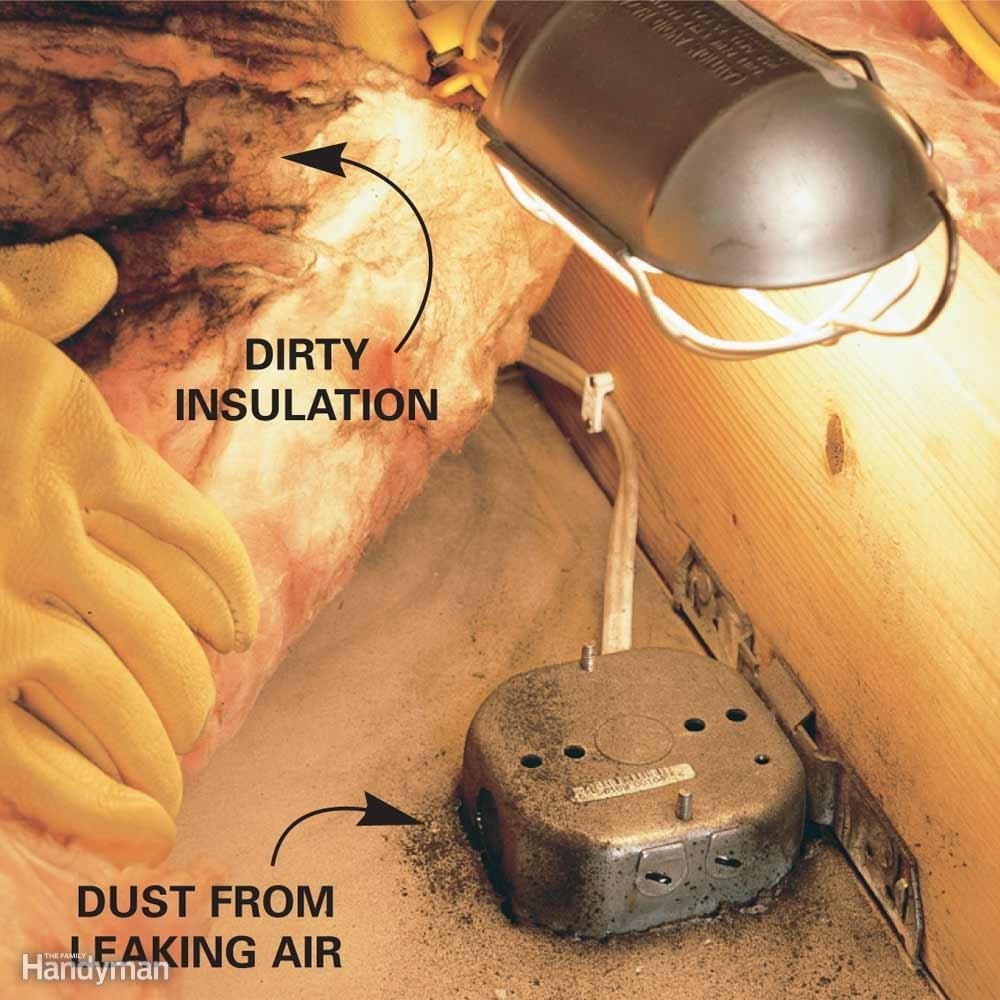
Before you crawl into your attic, make a rough sketch of the floor plan and the ceiling below the attic. Sketch in the walls, the chimney, the main plumbing stack, ceiling electrical fixtures and lower sections of ceiling. They all have high leak potential, and your sketch will help you find them when you’re in the attic.
To help generate actual leakage, place a box fan in a window so it blows air into the house. Then close all other windows and doors. Tape cardboard around the fan to eliminate large gaps.
When you turn the fan on high, you’ll slightly pressurize the house, just like an inflated balloon. Then when you’re in the attic (with the hatch closed), you can confirm a leaky area by feeling the air coming through. You may even spot the insulation blowing in the breeze.
Another helpful sign is dirty insulation (photo above). Insulation fibers filter the household air as it passes, leaving a dirt stain that marks the leaky area.

If you’re turning up the heat in the house to compensate for drafty windows, consider quilted curtains, which can increase your comfort and let you keep the temp down. The curtains come in various colors, patterns and sizes. They can be installed in less than 10 minutes on your existing curtain rod.
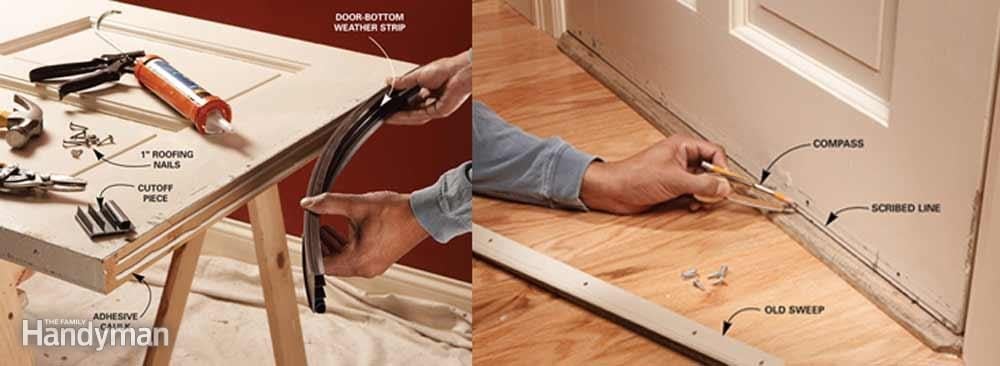
Older wood doors usually rely on a non-adjustable threshold to keep the weather out. If your old door doesn’t seal tightly against the threshold, you’re wasting energy. You could screw a surface-applied weather strip to the face of the door, but a door-bottom weather strip is a less obtrusive way to create a good seal.
The door bottom we’re using is available at most home centers and hardware stores. If you can’t find a door bottom that’s smooth on one side, slice off the barbed flanges from bottoms designed for steel or fiberglass doors.
Cut the bottom of the door to allow enough (but not too much) clearance to install the new door bottom. The goal is to create an even 3/8-in. space between the top of the existing threshold and the bottom of the door.
Close the door and measure the largest gap between the door and the threshold. If the gap is less than 3/8-in., calculate how much you’ll have to cut off the bottom to equal 3/8-in. Mark this distance on the door at the point you measured. Then use a scribing tool to extend a mark across the bottom of the door.
Remove the hinge pins and move the door to a set of sawhorses. Mount a sharp blade in your circular saw and cut along the line. Protect the surface of the door with masking tape. If you have a veneered door, score along the line with a sharp utility knife before sawing it to avoid chipping the veneer.
Cut the door-bottom weather strip about 1/8-in. shorter than the width of the door and tack it to the bottom of the door with a staple gun. Rehang the door to test the fit. If it’s too snug, remove the weather strip and trim a bit more from the door. When the fit is perfect, remove the staples and mount the weather strip.
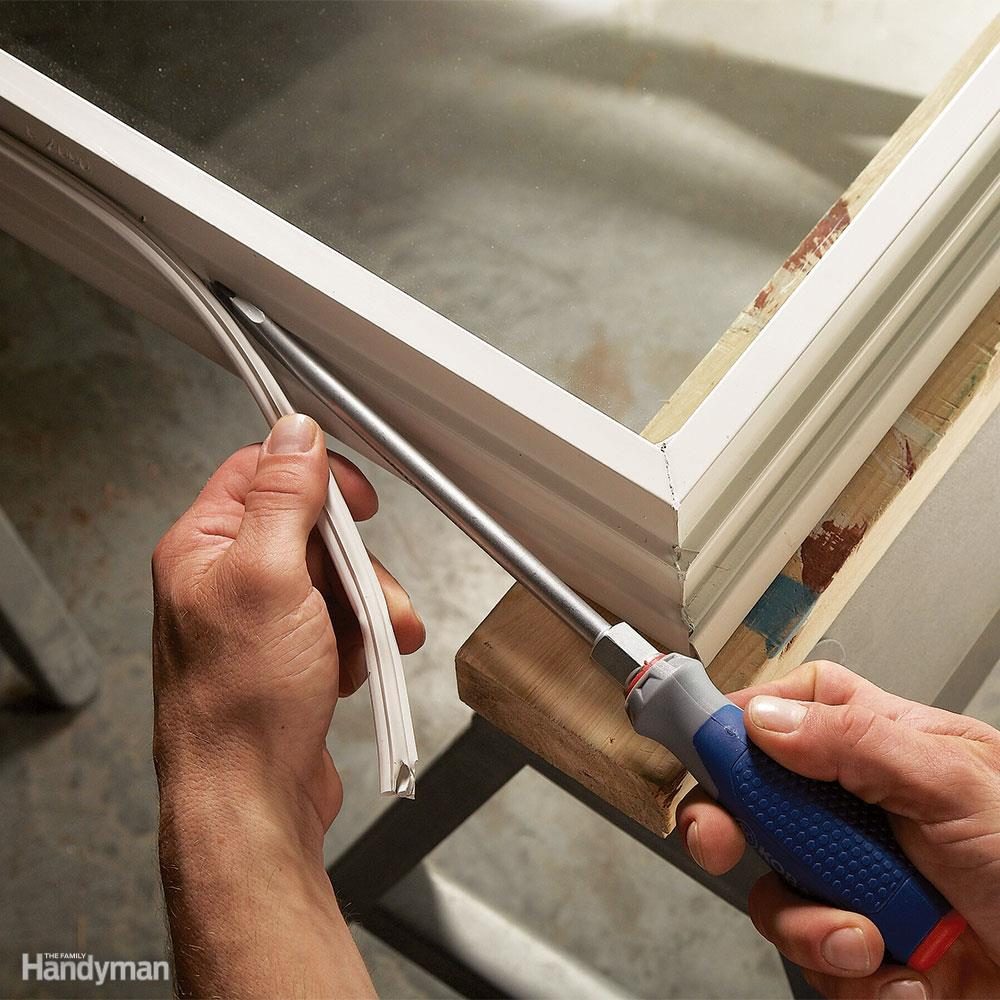
Weather stripping often becomes loose, worn or distorted when the sash drags. It also happens when the strip gets sticky and attaches itself to the frame, then pulls loose when you open the sash.
Windows have weather stripping on the sash, frame or both. Regardless of its location, the steps for removing and replacing it are the same.
Buy new weather stripping your window manufacturer or online. The window brand and glass manufacturer date are etched in the corner of the glass or in the aluminum spacer between the glass panes. You’ll also need the height and width of your sash; take these measurements yourself.
If the weather stripping is in good shape and loose only in a few places, like the corners, apply a dab of polyurethane sealant to the groove and press the strip into place. Otherwise, replace the entire weather strip.
First, remove the sash and set it on a work surface so you can access all four sides. If the weather strip is one continuous piece, cut it apart at the corners with a utility knife. Starting at a corner, pull the weather strip loose from the sash. If the spline tears off and remains stuck in the groove, make a hook from stiff wire to dig it out.
Work the new weather strip into the groove, starting at a corner. You’ll hear it click as the strip slides into the groove.
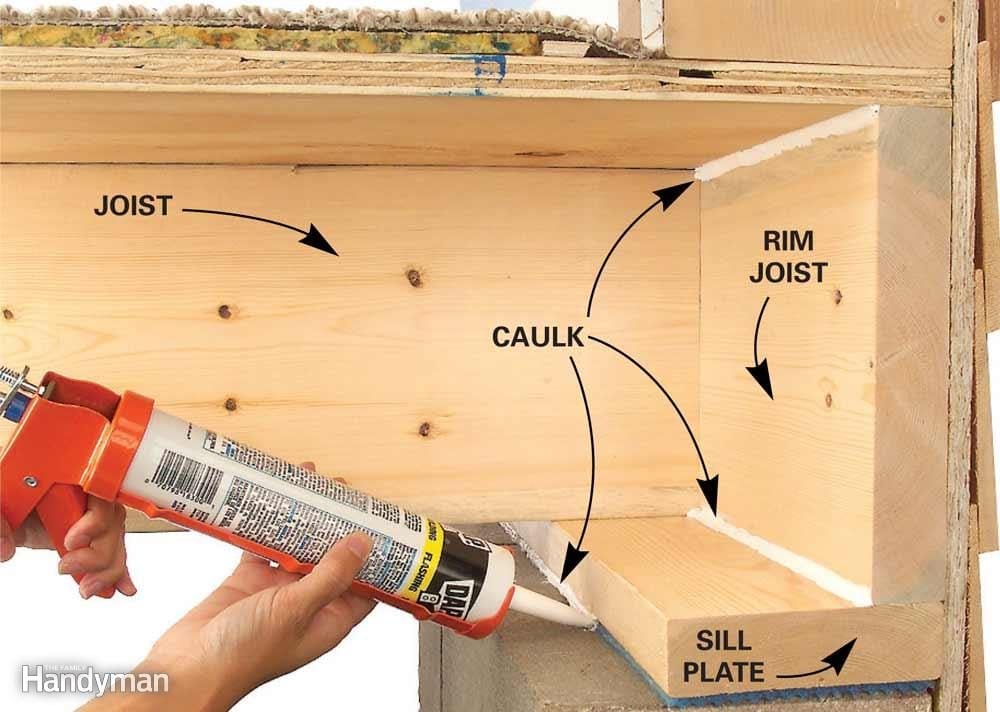
Sill plates and rim joists are usually poorly insulated, if at all. So if you have an unfinished basement, grab some silicone or acrylic latex caulk to seal the sill plate. If you simply have fiberglass insulation stuffed against the rim joist, pull it out.
Run a bead of caulk between the edge of the sill plate and the top of the foundation wall. Use expanding spray foam anywhere there are gaps larger than 1/4-in. between the sill and the foundation. For hollow-block foundations, stuff fiberglass insulation in the holes, then seal it with expanding foam.
If they’re accessible, insulate your rim joists. Caulk along the top and bottom of the rim joists and use expanding foam to seal around holes for electric, water and gas lines. Then cut rigid foam insulation to size and place it around the rim joist. Caulk around all four sides of the foam insulation.
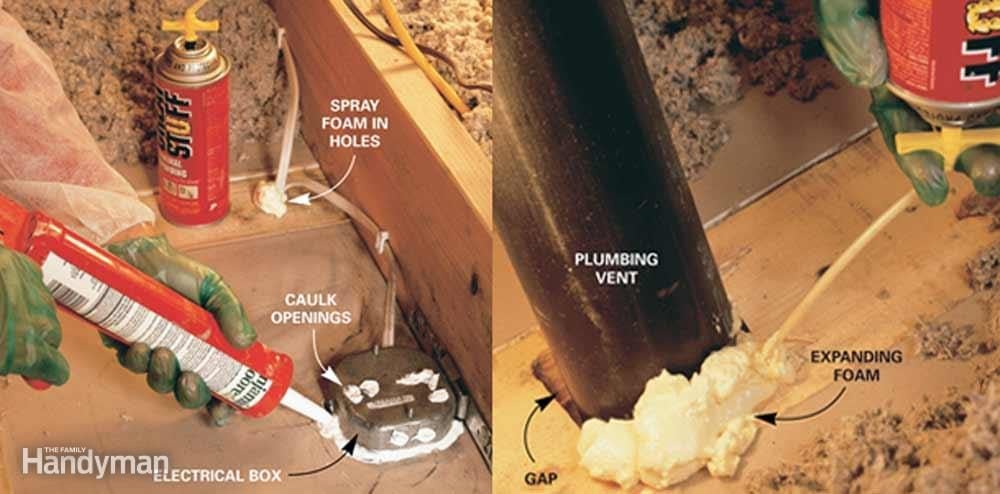
Hot air rises, so leaks in the ceiling are even worse than leaks in walls. And in many homes, this airflow through ceilings and into the attic is the No. 1 source of heat loss.
You can check for leaks around ceiling light fixtures and the attic access door with an incense stick. But the only way to detect other leaks is to crawl up into the attic, pull back the insulation and look for them. Most leaks occur where chimneys and electrical and plumbing lines pass through the ceiling.
Although the attic is a nasty place to work, plugging these leaks is a simple winter diy home project — mostly caulking and foaming gaps.
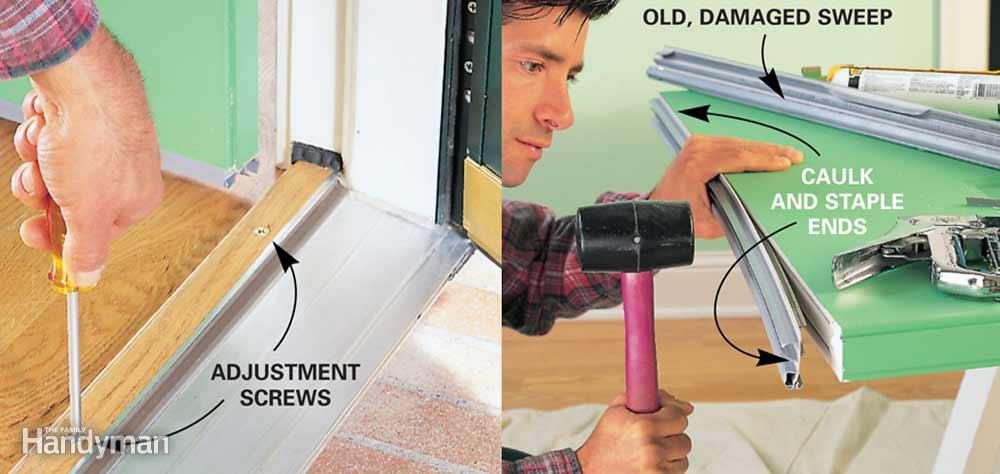
If you can feel the breeze and see daylight under your entry door, it’s costing you big-time. It also means you need to adjust your door threshold or install a new door sweep. Door sweeps start at $10. The hardest part about replacing them is usually taking off the door.
Start by adjusting the door threshold. Newer versions have screws that raise and lower them. Turn all of the threshold screws until the door opens and closes without much drag and there’s no draft. If that doesn’t work or your threshold lacks adjustment screws, replace the door sweep.
Close the door and pop out the hinge pins with a pin punch to remove the door. Set the door on a work surface and remove the old door sweep. Caulk the ends of the door, then install the replacement sweep. Some sweeps are tapped into place and stapled along the door bottom; others are screwed to the side along the door bottom.
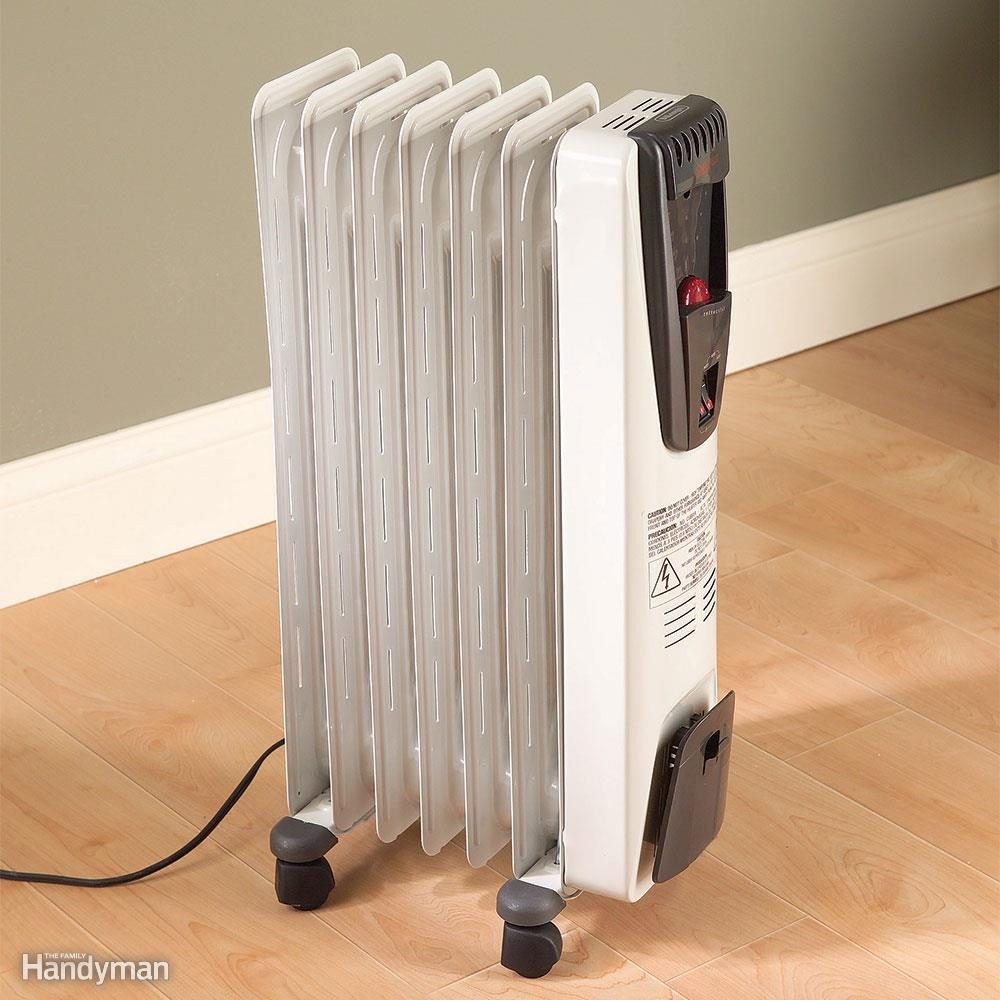
We all know the advice by now — turn down the thermostat during the winter months and you’ll save money. And it’s true. According to the Department of Energy, for every degree you lower the thermostat, you’ll save one percent on your energy bill. But turning down the heat means layering extra clothes to stay warm.
The solution? Use a space heater to stay comfortable where family members gather, like the living room. Fireplaces and fireplace inserts can provide space heating, but electric heaters are the easiest way to warm up a room.
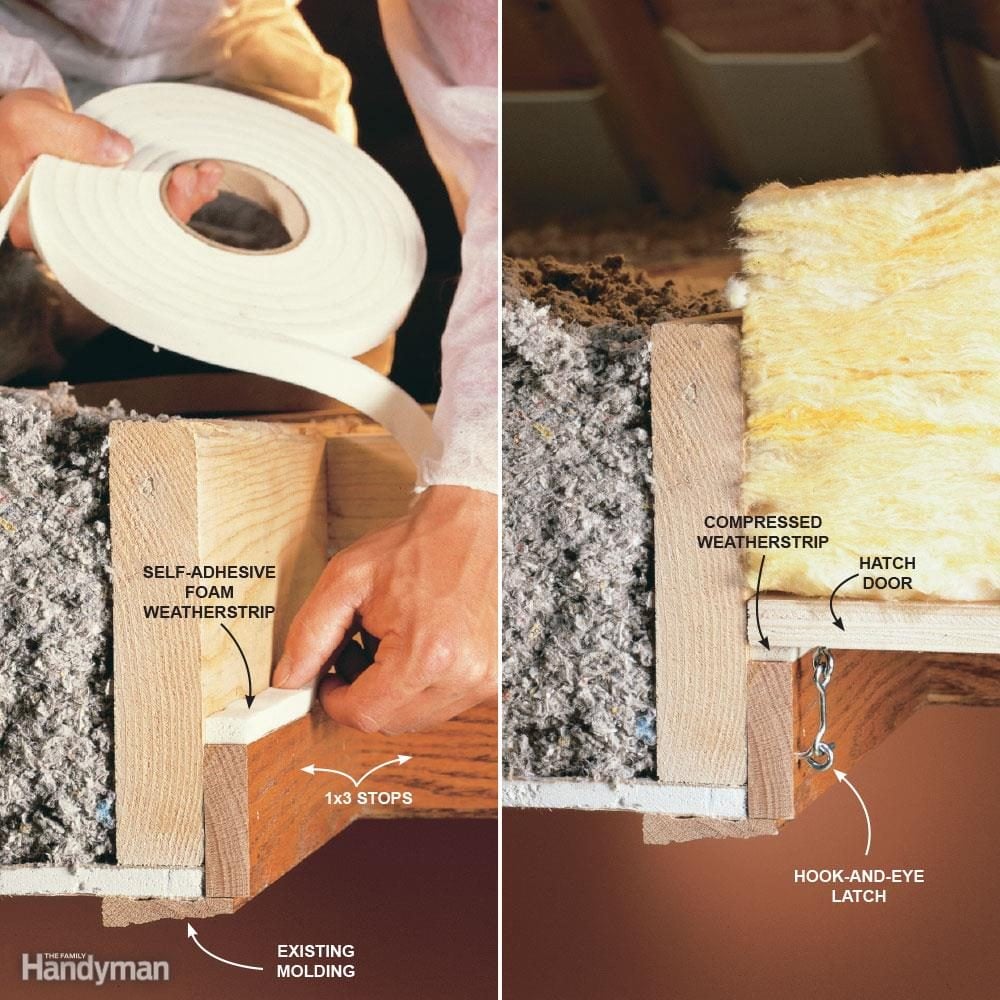
After sealing the attic bypasses, push the insulation back into place with an old broom handle or a stick as you back out of the attic. Then finish up by sealing the access hatch with self-sticking foam weatherstrip.
You may have to add new wood stops to provide a better surface for the weatherstrip and enough room for hook-and-eye fasteners. Position the screw eyes so that you slightly compress the weatherstrip when you latch the hatch. Use a similar procedure if you have a hinged door that leads to the attic.
Whether you’re battling rising heating costs or simply looking for cozy winter solutions, these tips will help you stay warm and save energy.